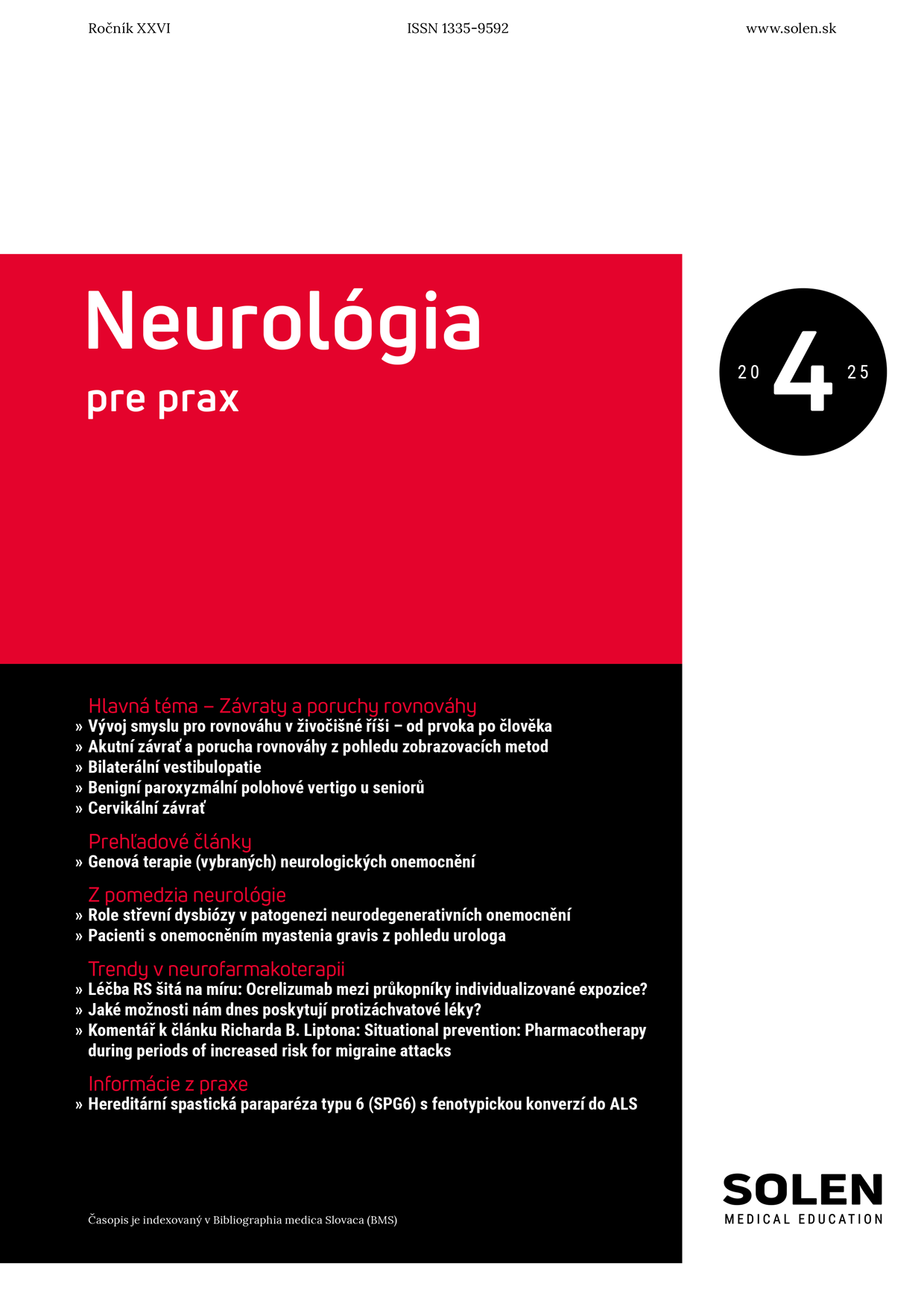Onkológia 2/2024
Radiotherapy of primary brain gliomas
According to last published data from National Health Information Centre (2014) the incidence of primary glial tumours in men is 7,2/100000, in women 6,7/100000, in total 6,95/100000. This date are reflecting slighty higher incidence among men which is in line with published data from European and world databases. Causality for brain tumours in not known yet. As risk faktor is described previous irradiation of the head or face. Most frequent secondary malignacies are meningiomas, radiation induced gliomas and sarkomas. Brain tumours are associated with cancer predisposition syndromes (e.g. Li-Fraumeni syndrome, neurofibromatosis typ 1, 2, Lynch syndrome). No environmental factors were indentified (no data for increased risk linked to use of mobile phones). The classification of primary glial brain tumours is based on WHO classification published in 2021 which is built on genetic data (IDH1, 2 mutation) and methylation status. Goal of radiotherapy (RT) is to decrease frequency of local relapses and extend overall survival. In WHO grade 4 gliomas maximal surgical resection followed by adjuvant radiochemotherapy is standard of care (Stupp regimen). In WHO grade 3 gliomas after any extent of surgery adjuvant radiotherapy with sequential chemotherapy or RT with concomitant/sequential chemotherapy is recommended. In WHO grade 2 gliomas after gross total removal (defined as < 1 cm residual tumour on MRI, age < 40) observation is recommended. In presence of risk factors (subtotal resection, age ≥ 40, tumor size> 4-6 cm, tumour crosses midline, refractory seizures or presurgical neurologic symptoms from tumour) either adjuvant radiotherapy with sequential chemotherapy or adjuvant radiotherapy with concomitant/sequential chemotherapy is conditionally recommended.
Keywords: 2021 WHO classification, radiotherapy, gliomas, radiotherapy, concomitant radiochemotherapy, target volumes, toxicity

















